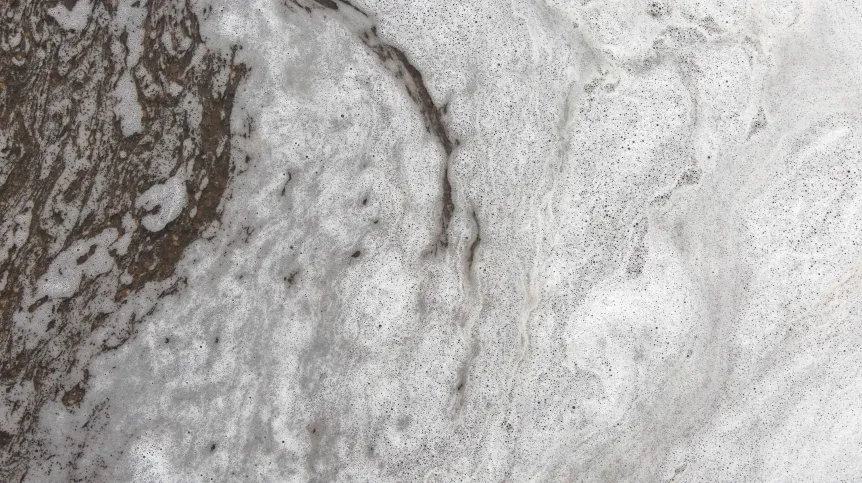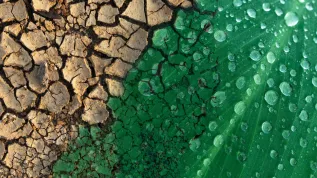
Residues of medicines used in households, hospitals, and veterinary care are entering Poland’s waterways, and conventional treatment plants are unable to remove them effectively, according to a new study.
The findings by the Institute of Environmental Protection – National Research Institute (IOS-PIB) and published in PLOS One, show that pharmaceutical pollution in treated wastewater could threaten aquatic organisms and potentially affect drinking water sources.
Researchers detected drugs including ibuprofen, diclofenac, ketoprofen, carbamazepine, and fluoxetine in samples collected from 30 wastewater treatment plants across Poland. In some cases — such as fluoxetine and carbamazepine — concentrations were even higher after treatment than before. Only a few compounds, including naproxen and salicylic acid, were effectively removed.
“The presence of pharmaceuticals in water is particularly significant for drinking water quality,” said Professor Barbara Gworek, Head of the Department of Environmental Chemistry and Risk Assessment at IOS-PIB, who led the study. “Annual drug sales in Poland amount to approximately 25,800 tons, most of which ultimately end up in surface waters, where drinking water intakes are often located.”
The team also found high levels of pharmaceuticals in sewage sludge, with fluoxetine, carbamazepine, and metoprolol among the most concentrated.
Treatment plants serving over 200,000 residents were estimated to discharge about 40 kilograms of active pharmaceutical ingredients into rivers annually — the equivalent of 191 grams per 1,000 inhabitants per year. Ketoprofen, sulfamethoxazole, carbamazepine, and fluoxetine accounted for the highest emissions.
An ecological risk assessment identified fluoxetine and loratadine as posing the greatest threat to aquatic life, particularly algae, daphnia, and fish. Ibuprofen and sulfamethoxazole were also found to adversely affect certain aquatic species.
“Conventional mechanical-biological treatment plants cannot completely protect the environment from pharmaceuticals,” the researchers noted. “Drugs still end up in rivers and lakes, where they can accumulate in the food chain. Their persistence and biological activity increase the risk of long-term effects on aquatic ecosystems.”
The institute’s experts are now testing raw and treated wastewater as well as sewage sludge at 30 treatment plants, including six large facilities serving over 200,000 people, to evaluate pharmaceutical removal efficiency.
The researchers stress the need for modern wastewater treatment technologies and preventive measures at the source, such as better pharmaceutical management in healthcare and agriculture. (PAP)
lt/ zan/
tr. RL













